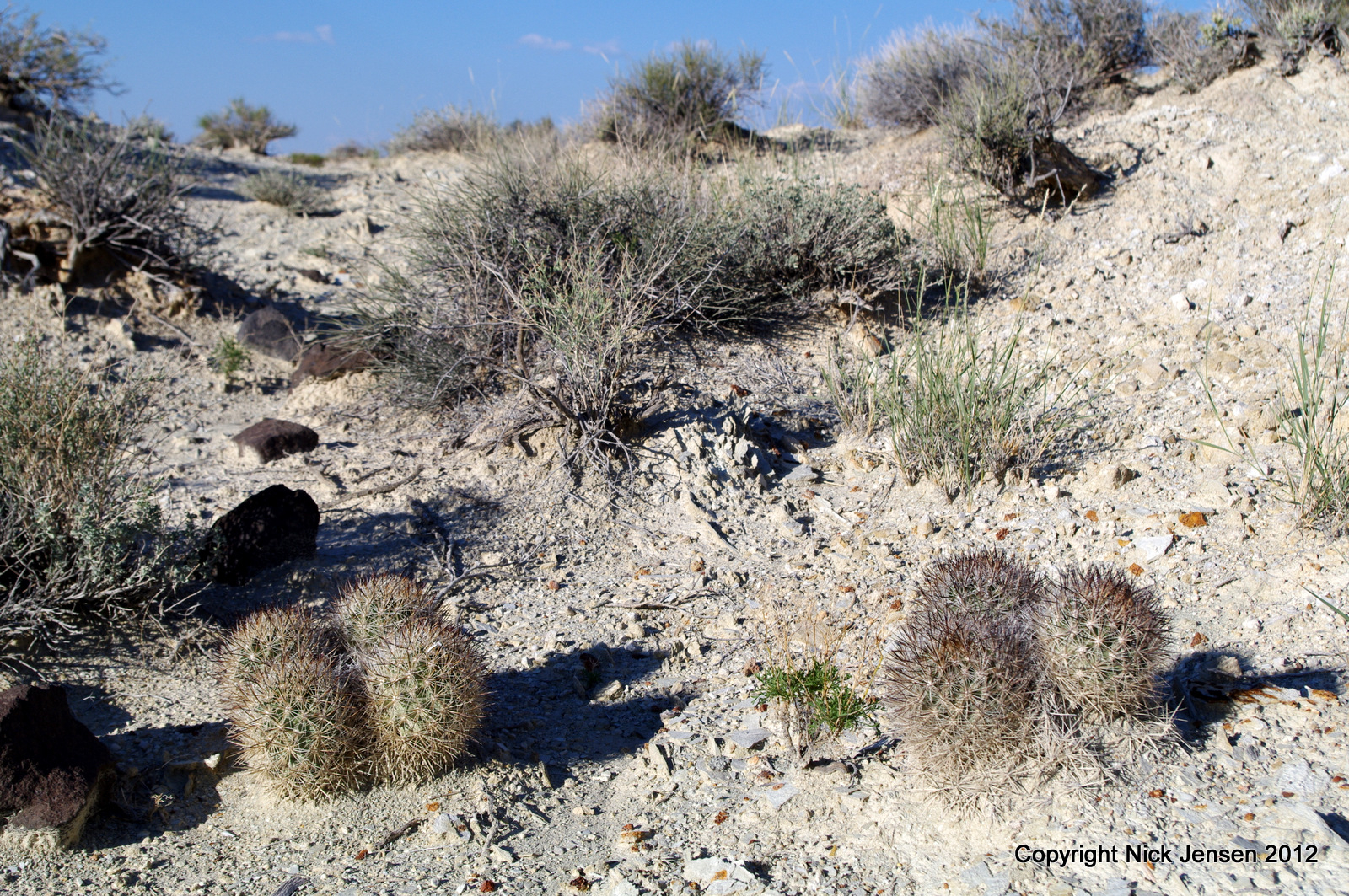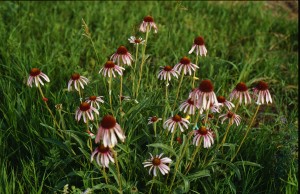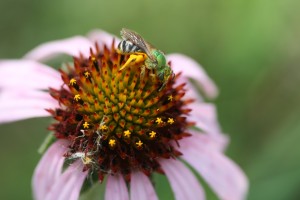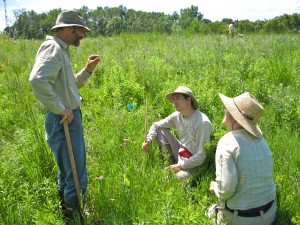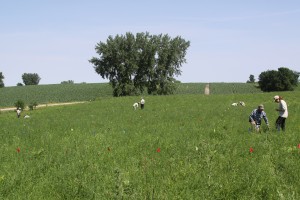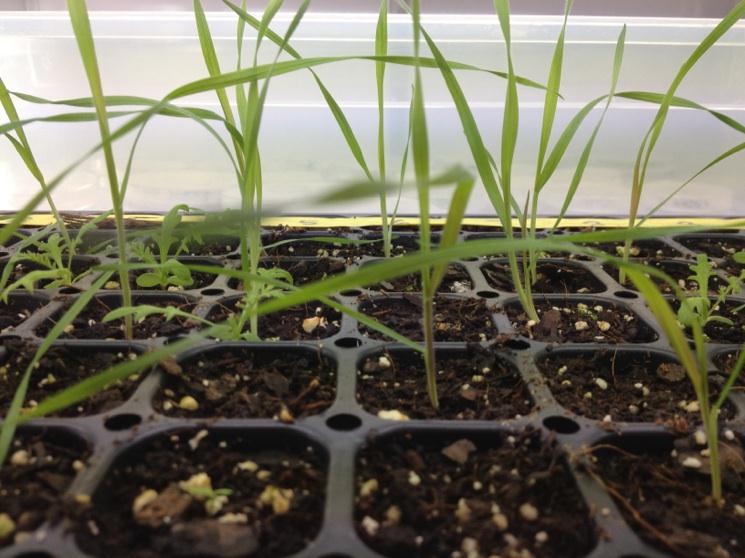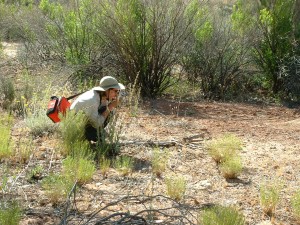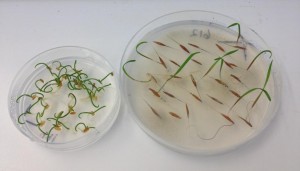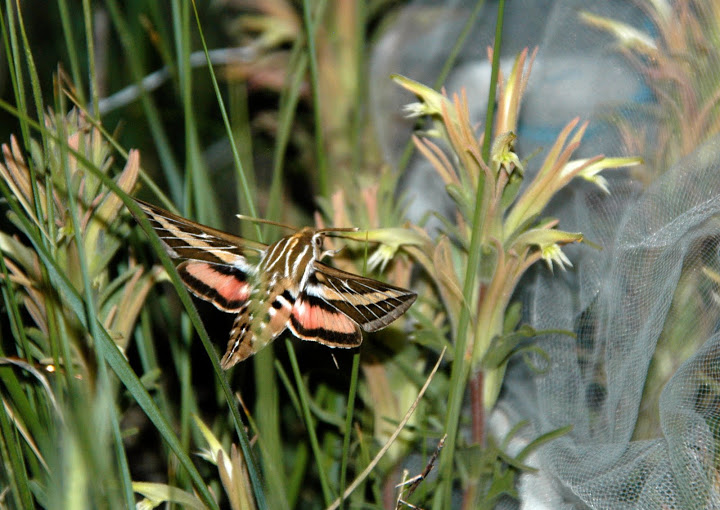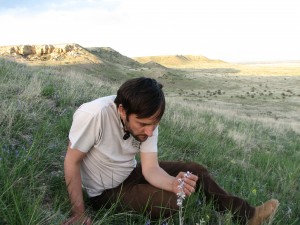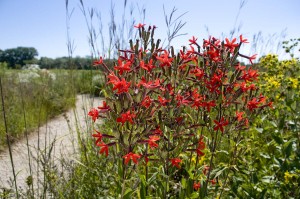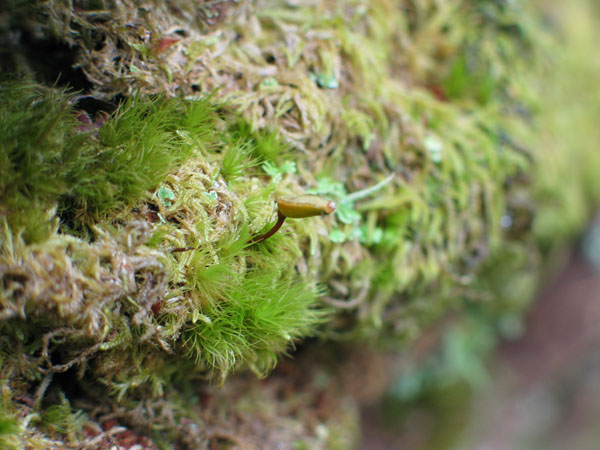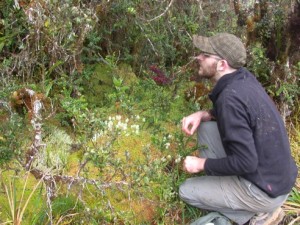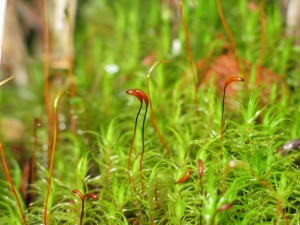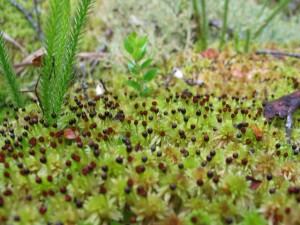Traveling along a quiet, dusty road in the western United States, Shannon Still, Ph.D., is on the lookout for an evasive plant. He hopes to find it before it disappears to another location, or just disappears altogether.
A postdoctoral research associate at the Chicago Botanic Garden, Dr. Still is investigating nearly 500 plant species living in parts of 11 western states from Washington and Montana south to Arizona and New Mexico.
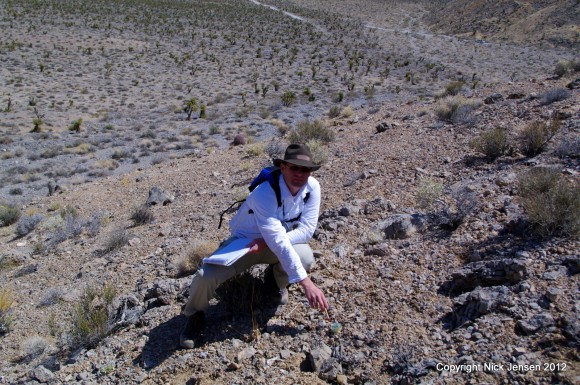
“Between now and 2080, most of these species are predicted to lose suitable habitat,” said Still. By acting now, his hope is that he can help direct future research and conservation resources toward preserving species in greatest need.
Rolling in the Dust
On this trip, he was hunting for the federally endangered Siler pincushion cactus (Pediocactus sileri). Similar to most others on Still’s list, Siler pincushion is a rare species, meaning few plants exist, or those that do are loosely spread over a large area.
Like most rare species, it is also very particular about its living conditions — surviving only where elements like the type of soil and pollinator match its preferences.

The cactus only grows on gypsum, an uncommon soil type. So, Still hopped into a Garden research vehicle and drove to where gypsum can be found, in the Arizona Strip — a range of desert located just north of the Grand Canyon in southern Utah.
He was glad to find populations of Siler pincushion continuing to exist where they had been previously documented.
But, he was elated to discover another 500 individuals, or an additional 5 percent of the total number of individual plants.
His excitement was short-lived. Back at the Garden, he compared the plants’ precise locations to expected habitat changes in those areas as a result of climate change — temperature increases, changes in rainfall, or other shifts.
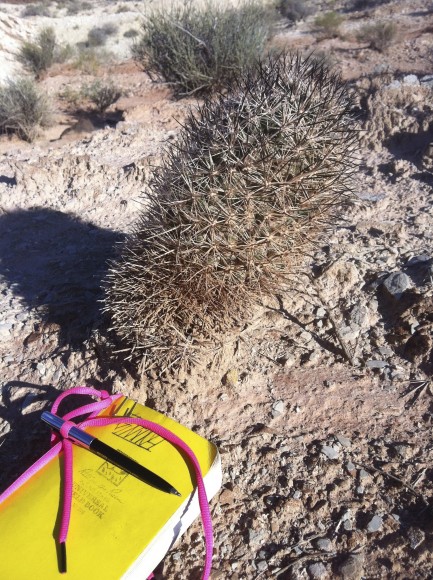
Although Siler pincushion has a firm grip today, its future is on shaky ground.
Sadly, this is the case for many rare plants.
Where the Pollen Goes
If their current habitat changes as significantly as is predicted, these species could drop off the map. Unless, that is, with the help of pollinators they are able to move to new locations, which may become more livable as a result of climate change. If they do, he wants a forwarding address.
Joining Still in front of his computer, I was amazed to see the number of charts and graphs he had created for this purpose.
A plant scientist with computer-programming expertise, he has written code to build evaluation tools and populated them with data he collected in the field and elsewhere.
“We’re making models for the current predictions which helps us then look ahead decades to the 2020s, 2050s, and 2080s,” he said. “Instead of using several different programs, I can write everything through one interface.”
Unlike common plants, which are expected to migrate north as temperatures warm, Still has found that there is no such norm for his study plants. “What we’re seeing for the rare species is that there is no given direction. It is much more complicated,” he said.
One graph he showed me was covered with arrows of varying lengths and directions. There, he had plotted the anticipated direction and distance of movement of hundreds of species.
“I really enjoy working with people to solve problems and find different ways to do things,” said Still. Learn more about his work.
A Course for Expansion
A small number of rare plants are expected to remain in relatively unchanged habitat areas, he found. In fact, climate change may actually expand the number of places where they can thrive. The San Joaquin woollythread (Monolopia congdonii) is one of those. Still’s chart showed that this federally endangered herb is likely to grow in population by 20 percent and expand to new areas that will become more desirable.
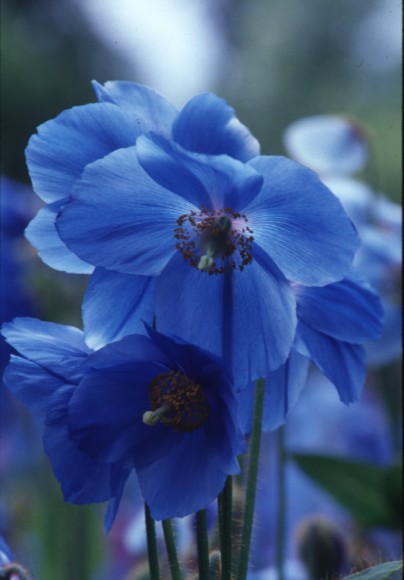
Which Road to Travel?
This three-year research project is well on its way to mapping the species and habitat areas to receive extra attention in the near future.
However, it seems even more challenging to predict how far Still could go in coming years. His master’s thesis on the Himalayan blue poppies (Meconopsis) paved the way for the dazzling flower to be grown and displayed at public gardens around the United States.
This includes the Chicago Botanic Garden, where the poppies were recently displayed in the Greenhouses and the Regenstein Center.
Learn more about this story in the fall issue of the Garden’s member magazine, Keep Growing. Join the Garden now to receive your copy!
©2013 Chicago Botanic Garden and my.chicagobotanic.org

